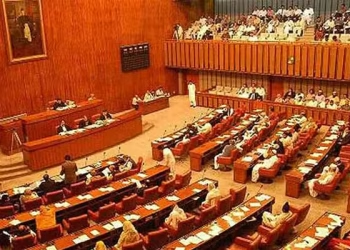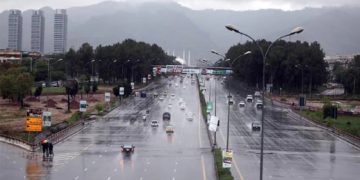The pervasive air pollution in South Asia has reached toxic levels, adversely affecting the lives of millions. This crisis has prompted the closure of schools, disrupted sporting events, and compelled governments to advise people to stay indoors to safeguard their health. As winter descends, the region experiences an annual exacerbation of air pollution due to cold, dense air trapping pollutants in a thick layer of smog.
South Asia has emerged as a global epicenter for air pollution, with studies revealing that four of the world’s most polluted countries and nine of the top 10 most polluted cities are located in this region. Over the past two decades, increased industrialization, economic development, and population growth have driven a surge in energy and fossil fuel demand.
While industries and vehicles contribute to pollution in most countries, South Asia faces unique challenges. Practices like solid fuel combustion for cooking and heating, human cremation, and the burning of agricultural waste are major contributors. Notably, stubble burning in the neighboring states of Punjab and Haryana has been responsible for about 38% of New Delhi’s pollution this year.
Also read; Three Indian cities among world’s 10 most polluted after Diwali
The Diwali festival, marked by fireworks, further escalated pollution levels in parts of India. The rise in vehicular traffic, a consequence of regional development, has also worsened the pollution crisis, with the number of vehicles in India and Pakistan quadrupling since the early 2000s.
Despite attempts to address pollution through air quality management plans, increased monitoring, and a push for cleaner fuels, South Asian countries have yet to witness significant improvements. Experts attribute this to a lack of coordination in pollution control efforts among these nations. Dust particles, capable of traveling hundreds of kilometers, defy national boundaries, affecting countries beyond their origin.
In Bangladesh, for instance, approximately 30% of pollution in major cities originates in India, transported by winds from northwest to southeast. The limited effectiveness of country-wide or city-wide measures underscores the need for coordinated efforts across South Asia. Collaborative initiatives must focus on enhancing monitoring capabilities and making region-specific policy decisions.
Efforts to combat pollution should strike a balance between regional strategies and tailored solutions to address local conditions. Sectors such as agriculture and waste management, which have received limited attention, must be incorporated into comprehensive plans. Subsidies on advanced harvesting machines could curb stubble burning, although challenges such as high costs and waiting times for rentals need to be addressed for effective implementation.













![Crown Prince of Iran, Reza Pahlavi visit Western Wall (Wailing Wall) in east Jerusalem on April 18, 2023 [Ariel Zandberg (GPO) / Anadolu Agency]](https://mmnews.tv/wp-content/uploads/2025/06/Reza-Pahlavi-visits-Israel-and-prays-at-the-Western-Wall-350x250.jpg)




![This handout photo released by the IRGC’s official Sepah News Telegram channel shows smoke billowing from a site bombed by Israel in Tehran early on June 13, 2025 [Sepah News/AFP]](https://mmnews.tv/wp-content/uploads/2025/06/Israel-attack-on-Iran-1-350x250.jpg)














